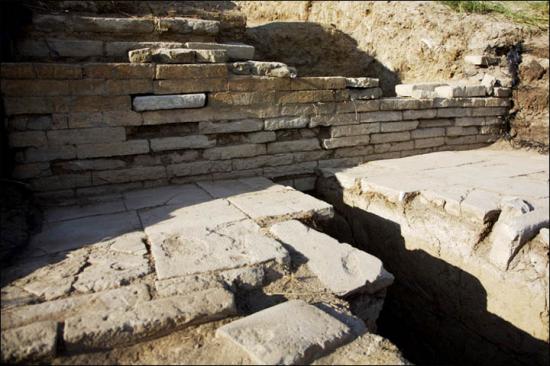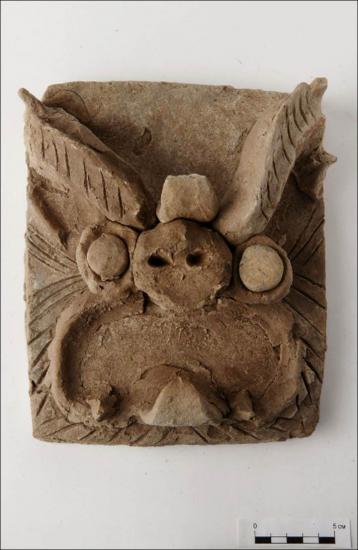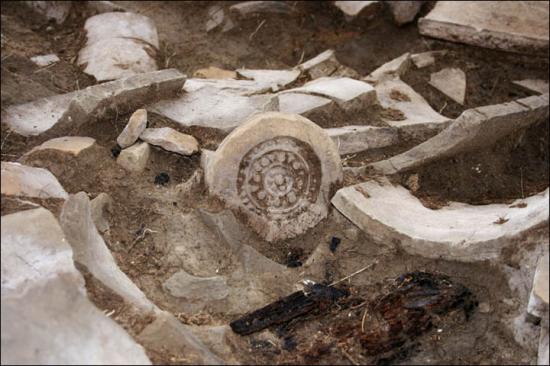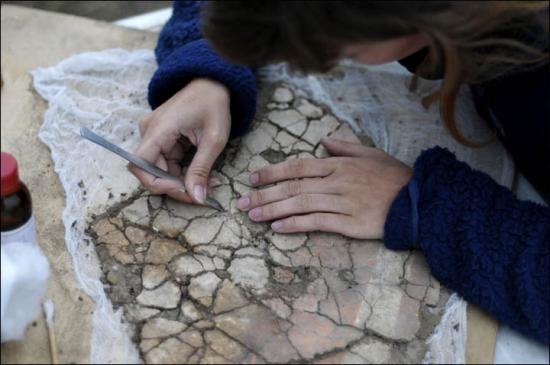PART.2
While debate continues about the use of Por-Bajin, there is growing evidence it was a community or palace complex centred around a Buddhist monastery. Certainly, there is an argument that its layout is typical of the palaces of the Buddhist Paradises as depicted in T’ang paintings.
Books from the era also describe the existence of Uighur towns, extensive building activities, and a transition from a nomadic to sedentary lifestyle. Indeed, there may have been as many of 15 of these settlements in Tuva alone, all square of rectangular shaped and enclosed by walls with a main gate.
What puzzles the experts, however, is the lack of rudimentary heating systems, particularly given that Por-Bajin sits at 2,300metres above sea level and endures harsh Siberian weather.



Outer walls standing 10 metres tall and 12 metres wide formed a rectangular shape, creating what many have interpreted as a protective kremlin-like fortress. Pictures: 'Por-Bajin Fortress' foundation
If anything it suggests that the complex was only ever occupied for a brief period of time, or was used as a seasonal home in the warmer summer months. Some experts even say that the climate, or other natural occurrences in the region, brought occupation of the site to an early end in the 9th century.
Por-Bajin sits on a bed of permafrost with evidence that the melting of this ice – as a result of warmer temperatures over the past century - has caused not only a destruction of the walls, but a dramatic rise in the depth of the lake water.
In the 2011 research paper, Irina Arzhantseva wrote: 'This situation created a two-fold threat to the long-term survival of the site. Thermokarst (melting of the permafrost) seems to undermine the stability of the structures on the site, leading to collapse and decay; and frost fissures are causing constant erosion of the banks of the island to such an extent that it is estimated that the walls will start collapsing into the lake in about 80 years.
'Archaeological and geomorphological fieldwork revealed traces of at least two earthquakes which had accelerated the natural process of deterioration. The first of these seems to have happened already during the construction of the ‘fortress’ in the 8th century.
'It is not yet quite clear how long the buildings survived after the abandonment of the site in the 9th century, but some time after the abandonment there was another catastrophic earthquake which led to fires and to the collapse of the southern and eastern enclosure walls, and destroyed the north-western corner bastion.'



'The building was most likely of the post-and-beam construction characteristic of Chinese architecture from the T’ang Dynasty.' Pictures: Irina Arzhantseva, 'Por-Bajin Fortress' foundation
While debate on its origins will no doubt continue for decades, those who have seen Por-Bajin are all in agreement about its beauty. In fact, in many ways Russian president Vladimir Putin sums it up perfectly.
'I have been to many places, I have seen many things, but I have never seen anything of the kind,' he said, following a visit to the complex with Prince Albert of Monaco in 2007. Few could argue with that.